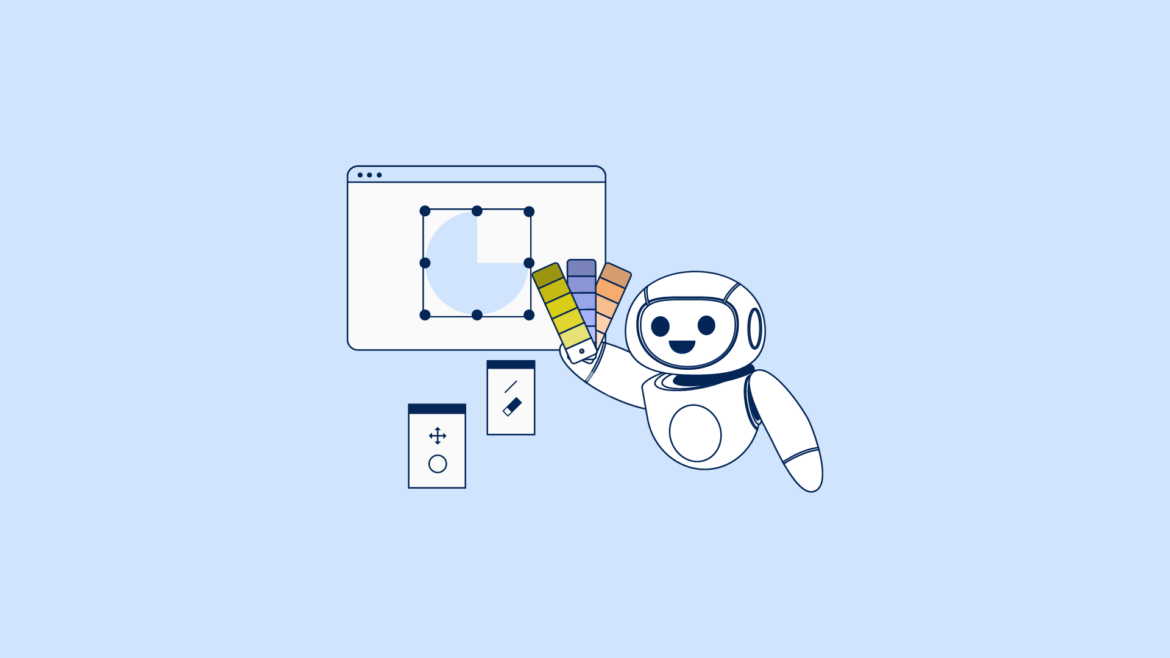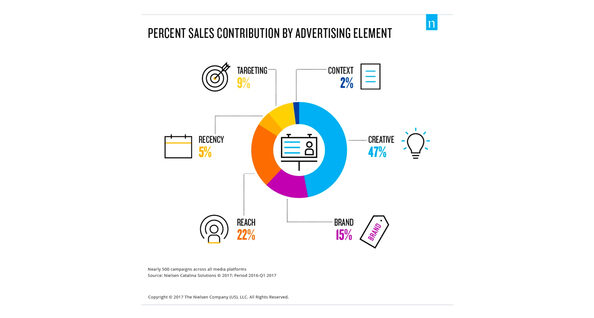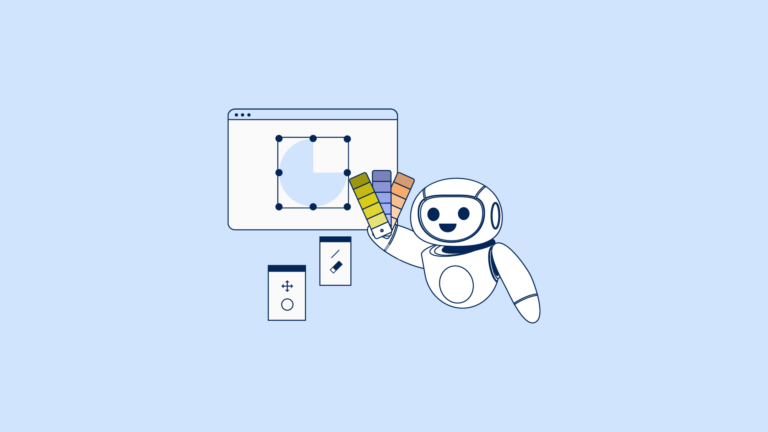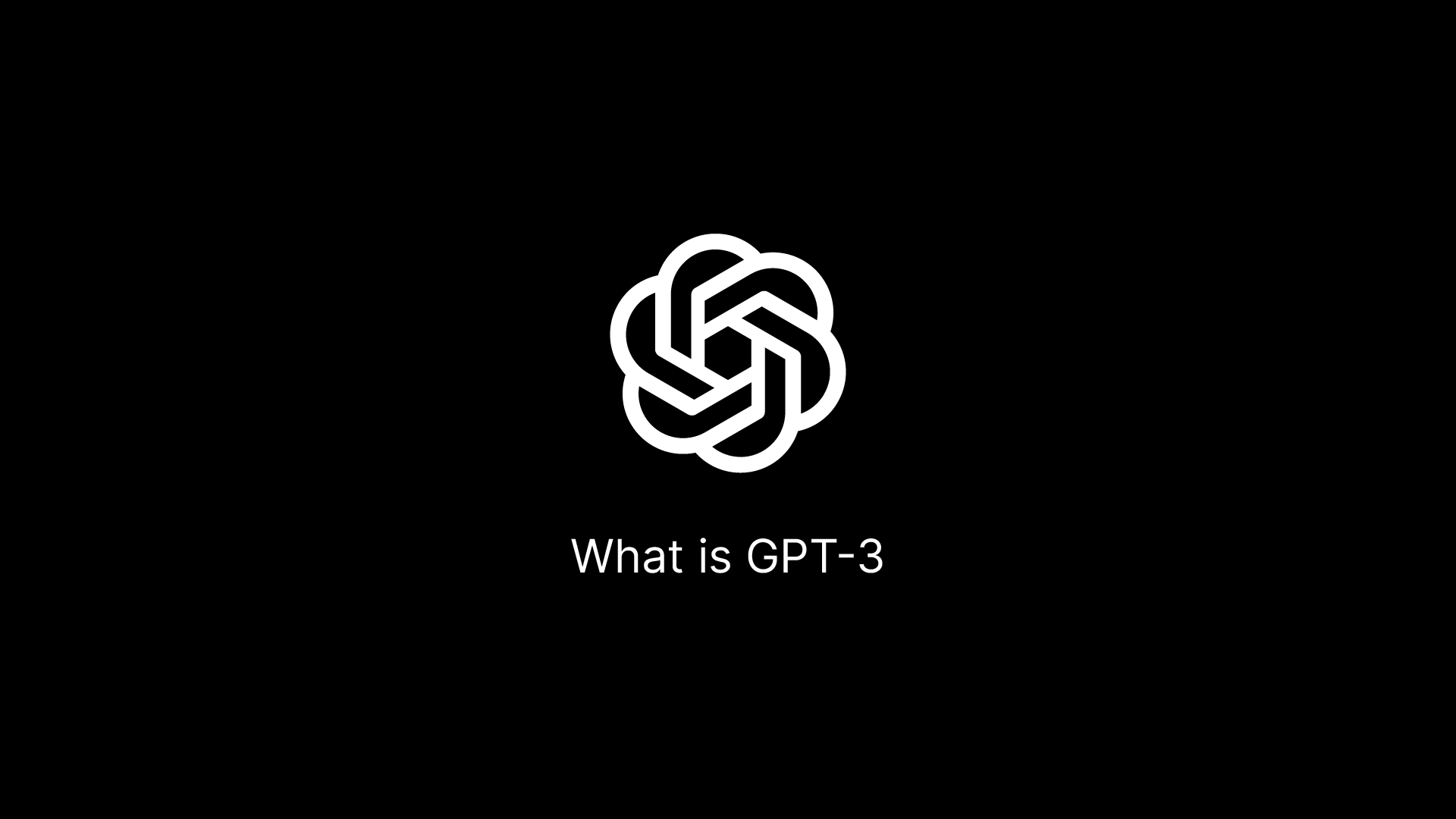|
Getting your Trinity Audio player ready...
|
In today's fast-paced digital landscape, content creation has become a crucial aspect of businesses' marketing strategies. It could be engaging social media posts, eye-catching graphics, compelling videos, or persuasive advertisements. Creating high-quality content is is the No.1 tool for capturing audience attention, driving conversions, and building brand identity. However, the ever-increasing demand for content, coupled with the need for creativity and speed, presents significant challenges for content creators. That is why the emergence of creative automation tools has revolutionized the content creation process. They simply offer a solution to these challenges creatives are facing.
Creative automation harnesses the power of technology, incorporating artificial intelligence, machine learning, and intuitive design interfaces to streamline and optimize the creation of various forms of creative content. From startups to large enterprises, individuals and businesses alike can now leverage these tools to produce content more efficiently, at scale, and with remarkable ease.

In this blog, we will explore the concept of creative automation, delve into the functionalities of creative automation tools, discuss the compelling reasons to consider integrating creative automation into your content creation workflow, and provide insights into popular online editing features offered by these tools.
By the end, you'll gain a comprehensive understanding of how creative automation can transform your content creation efforts, supercharge productivity, and elevate the quality of your content.
So, if you're seeking to revolutionize your content creation process, maximize efficiency, and produce captivating content that resonates with your audience, keep reading to discover the transformative potential of creative automation tools. Get ready to unlock a world of possibilities and take your content creation endeavors to new heights.
What is Creative Automation?
Creative automation refers to the utilization of software or platforms that automate and optimize the content creation process. This is done by leveraging technology, such as artificial intelligence and machine learning, to help individuals and businesses generate various forms of creative content quickly and at scale. It is simply a technology-driven effort to optimize content production in order to deliver assets on time and in bulk. From graphics and videos to social media posts and advertisements, creative automation simplifies the production of diverse content types.
Creative professionals have long used various tools and processes to maximize their output, but creative automation takes things one step further, helping to free up time for tasks that have significant value–think brainstorming new ideas or developing higher-level strategies. It does this by offloading mundane, repetitive operations to software.
Rather than creating an entirely new process or workflow for creatives, whose job requires a certain level of human intuition, creativity and finesse, automated processes are instead designed as a support system—providing additional help with the most laborious aspects of production. This could include
- Automatically generating assets such as digital ads in various formats for different channels
- Precreating potentially hundreds or thousands of separate color variations on an image
- Optimizing videos quickly for different aspect ratios and resolutions.
Creative automation helps maximize efficiency so that professional can focus on actually being creative.
What are Creative Automation Tools?
Creative automation tools are specialized software or platforms that use artificial intelligence and machine learning to automate the production of creative content. These tools can generate graphics, videos, and even entire digital advertising campaigns at scale, quickly and with minimal effort.
Creative automation tools comprise a diverse range of software and platforms that cater to specific aspects of content creation.

For example, AI-powered video tools allow users to select a template and quickly customize it according to their needs. This includes adding text overlays, changing colors , and swapping out visuals.
At the same time, other creative automation tools are designed to generate entire campaigns. These tools can automatically generate different sizes and formats of a single image or video, create variations for different audiences in various languages or regions, and even optimize content for various channels such as social media platforms or display networks.
There is a wide variety of creative automation tools available today, with more being constantly developed. As such, it is important for creatives to stay up to date on the latest industry trends and technologies to ensure that they can continue creating high-quality content efficiently and cost-effectively.
Lets see how you can use these tools in your marketing!
How Are Creative Automation Tools Used?
Creative automation tools are becoming increasingly important for marketers who require personalized, micro-targeted digital content. These tools are providing a much-needed boon to creative professionals in the age of high-demand, personalized content. These streamlined software tools allow marketers to create digital content quickly and consistently, while still abiding by branding palettes across multiple markets and channels.
For instance, consider a digital advertising campaign spread across various international markets—each asset will require slight variations for size, format, language, etc. Without creative automation tools to simplify the process, designers would need to manually craft each individual piece of content to adhere with specific project requirements.
At its core, creative automation gives creatives time back by automating certain tasks like resizing graphics, reformatting images or text elements within digital marketing campaigns—thereby freeing up their schedules for more meaningful responsibilities.
In addition to saving time and resources mentioned earlier, automation helps streamline marketing campaigns and bolster brand consistency across creative output throughout multiple channels and regions around the world. By utilizing these automation tools as part of their workflow, creatives can ensure they create reliable results faster and with less manual labor than ever before!
What are some Examples of Creative Automation Tools?
Some of the most popular examples of creative automation tools include graphic design automation tools, Video editing automation tools, social media content automation tools, and ad design automation tools.
Let have a close look at them with some common examples:
1. Graphic Design Automation Tools
raphic design automation tools empower users to create visually appealing graphics and designs without extensive design skills. They offer customizable templates, pre-designed elements, and intuitive interfaces.
Examples of graphic design automation tools include:
- Canva: Canva is a popular web-based graphic design tool that provides a wide selection of templates, fonts, and design elements to create stunning graphics for various purposes.
- Adobe Spark: Adobe Spark offers a user-friendly interface and a range of customizable templates for creating social media posts, web pages, videos, and more.
- Crello: Crello offers a vast library of templates and design elements for creating social media posts, banners, posters, and animated graphics.
2. Video Editing Automation Tools
Video editing automation tools simplify the process of editing videos, making it accessible to non-professionals. They offer features such as automated editing functions, templates, and stock footage.
Examples of video editing automation tools include:
- Adobe Premiere Rush: Adobe Premiere Rush is a user-friendly video editing tool that provides templates, video effects, and built-in audio mixing capabilities for creating professional-looking videos.
- Magisto: Magisto is an AI-powered video editing platform that automates the editing process, allowing users to easily create polished videos with minimal effort.
- Animoto: Animoto enables users to create videos by simply selecting a template, adding photos or video clips, and customizing with text and music.
See our list of the best online video editing software.
3. Social Media Content Automation Tools
Social media content automation tools streamline the creation and management of social media posts across different platforms. They offer scheduling, content suggestions, and analytics features.
Examples of social media content automation tools include:
- Hootsuite: Hootsuite is a popular social media management platform that allows users to schedule and publish posts across multiple social media networks, monitor engagement, and analyze performance.
- Buffer: Buffer provides a user-friendly interface for scheduling and publishing social media posts, along with analytics to track engagement and optimize posting times.
- Sprout Social: Sprout Social offers a comprehensive suite of social media management tools, including scheduling, content curation, engagement monitoring, and performance analytics.
4. Ad Design Automation Tools
Ad design automation tools simplify the process of creating digital advertisements by offering pre-designed templates, dynamic content insertion, and optimization features.
Examples of ad design automation tools include:
- Google Ads: Google Ads offers a range of ad creation and management features, including responsive search ads that adapt to different formats and automated ad suggestions.
- Smartly.io: Smartly.io is an ad automation platform that helps create, manage, and optimize digital ads across various platforms, including Facebook, Instagram, and Pinterest.
- AdRoll: AdRoll provides a suite of tools for creating and managing digital ads, including dynamic product ads and personalized ad targeting based on customer behavior.
- AdCreative.ai : AdCreative.ai helps create optimized ad designs with automated text and design suggestions that are tailored to a specific target audience. This creative automation platform is great for creating creatives for your paid ad campaigns.
5. Copywriting Automation Tools
Copywriting automation tools leverage AI algorithms to generate written content, saving time and effort. They can create product descriptions, blog posts, email subject lines, and social media captions.
Examples of copywriting automation tools include:
- Copy.ai uses AI to generate persuasive and engaging copy for various purposes, including social media, blog posts, ads, and more.
- Writesonic: Writesonic offers AI-powered copywriting capabilities for creating content, including blog outlines, social media captions, landing page copy, and email newsletters.
- Conversion.ai provides an AI-powered writing assistant that can generate copy, improve readability, and provide suggestions for different types of content.
- Jasper.ai : Jasper.ai is a copywriting automation tool that helps create personalized customer experiences by suggesting conversational copy for emails, ads, and more.
- Frase.io : Frase.io is an AI-powered content automation platform that helps create optimized content for websites, blogs, and landing pages.
These are some of the best creative automation tools available for businesses today. They help save time and effort by automating various tasks related to content creation, ad design, and copywriting. By leveraging these tools, businesses can create more effective campaigns and improve customer
Why should you consider creative automation?
The introduction of creative automation tools has revolutionized the way in which creative professionals, as well as content-hungry marketers are able to work. These tools provide organizations with a wide range of benefits that can quickly optimize operations.
There are several compelling reasons to embrace creative automation in your content creation workflow:
Enhanced Efficiency
Creative automation tools are designed to streamline and expedite the content creation process. They eliminate manual, time-consuming tasks by automating repetitive tasks and processes, such as resizing images, applying consistent branding elements, or generating variations of content.
By reducing the manual workload, creative automation significantly improves efficiency, allowing you to create more content in less time.
Consistency and Branding
Maintaining brand consistency across different channels and content types is essential for building brand recognition and trust.
Creative automation tools offer a range of features to ensure consistent branding, such as customizable templates, brand style guides, and design libraries. These tools enable you to create content that aligns with your brand's visual identity, tone, and messaging, ensuring a cohesive and professional brand presence.
Scalability
As your business grows or your content production needs increase, creative automation tools can help you scale your efforts effectively. These tools provide the ability to replicate successful content formats, easily create variations for different platforms, and adapt content to different audience segments.
With creative automation, you can maintain a consistent level of content quality and production even as your demands expand. This means your marketing campaigns can run smoothly and perform well as these tool also optimize the creative assets for specific platforms where your target audience is.
Cost Savings
Traditional content creation methods often involve outsourcing or hiring specialized professionals, which can be costly. Creative automation tools reduce the dependency on external resources and eliminate the need for extensive design or technical skills.
This not only saves costs but also enables businesses with limited budgets to create professional-looking content in-house.
Data-Driven Insights
Creative automation tools often come equipped with analytics and optimization features that provide valuable insights into the performance of your content.
By analyzing metrics such as engagement rates, click-through rates, and conversions, you can make data-driven decisions to refine your content strategy and improve its effectiveness. These tools help you understand what types of content resonate with your audience and optimize your future creations accordingly.
Agile Adaptation
In today's rapidly evolving digital landscape, content needs to be adaptable and responsive to different platforms and formats.
Creative automation tools offer flexibility in content creation, allowing you to quickly repurpose or adapt content for different channels, screen sizes, or promotional campaigns. This agility enables you to stay relevant and engage with your audience across various digital touchpoints.
Focus on Creativity
By automating repetitive and time-consuming tasks, creative automation tools free up valuable time for content creators to focus on the creative aspects of their work. This enables you to channel your energy into brainstorming fresh ideas, experimenting with new concepts, and pushing the boundaries of your creativity.
With the burden of mundane tasks lifted, you can unleash your creative potential and produce content that captivates and inspires your audience.
Considering creative automation can bring significant benefits to your content creation process. By enhancing efficiency, maintaining consistency, enabling scalability, reducing costs, providing data-driven insights, facilitating agile adaptation, and fostering creativity, these tools empower you to elevate the quality and quantity of your content while maximizing the impact of your digital marketing efforts.
How To Know Creative Automation Is For You?
Creative automation offers immense benefits, but determining its suitability for your marketing activities requires a careful evaluation of your current setup. Start by critically appraising your existing workflow to identify pain points and areas that could benefit from automation. Ask yourself the following important questions:
What are the biggest pain points in your current process?
Identify the key challenges and bottlenecks in your content creation workflow. Consider factors such as time-consuming tasks, repetitive processes, manual adaptations of designs, and the strain on your creative team's bandwidth.
Is a bottleneck in designer bandwidth an issue for your creative team(s)?
Assess whether your creative team is overwhelmed by the volume of design requests or struggling to meet deadlines due to limited resources. If the bottleneck is impeding productivity and delaying project completion, creative automation tools can help alleviate this pressure.
Of the platforms you’re currently using, which ones are most suited to introduce automation?
Evaluate your existing software and tools to determine their compatibility with creative automation. Some platforms may already have built-in automation features, while others may require integration with specialized creative automation tools.
Once you have analyzed your current workflow, you can proceed with the following steps:
1. Analyze
Dig deeper into your creative process and identify where your teams are spending the most time. Determine the frequency of projects that require multiple design adaptations and assess the manual effort required to adapt designs for different purposes.
This analysis will help you understand the potential time savings and efficiency gains that creative automation tools can provide.
2. Define scope and budget
Determine the specific areas within your workflow where automation tools could fit seamlessly. By identifying these areas, you can make processes more efficient and increase the productivity of your marketing and design teams.
Additionally, estimate how much of your budget is currently allocated to manual design processes. Calculating the recoverable budget by multiplying team size, hourly rate, and hours spent on manual tasks will give you an idea of the cost savings and resource allocation that creative automation can bring.
3. Start your first project
Build a compelling business case by selecting a campaign or project in your pipeline that would benefit from creative automation. Consider the recoverable budget and additional capacity that automation tools can provide.
With the time and budget saved, think about how many more projects you can accommodate and how you can utilize the extra resources to expand and grow your business.
By thoroughly evaluating your workflow, identifying pain points, estimating the recoverable budget, and selecting an appropriate project, you can make an informed decision about implementing creative automation tools.
Embracing automation in your content creation process can enhance productivity, improve efficiency, and empower your teams to achieve more while freeing up valuable resources for strategic initiatives and business growth.
What are the Popular Features in Creative Automation?
Creative automation tools offer a range of online editing features to enhance content creation.
Some popular features include:


